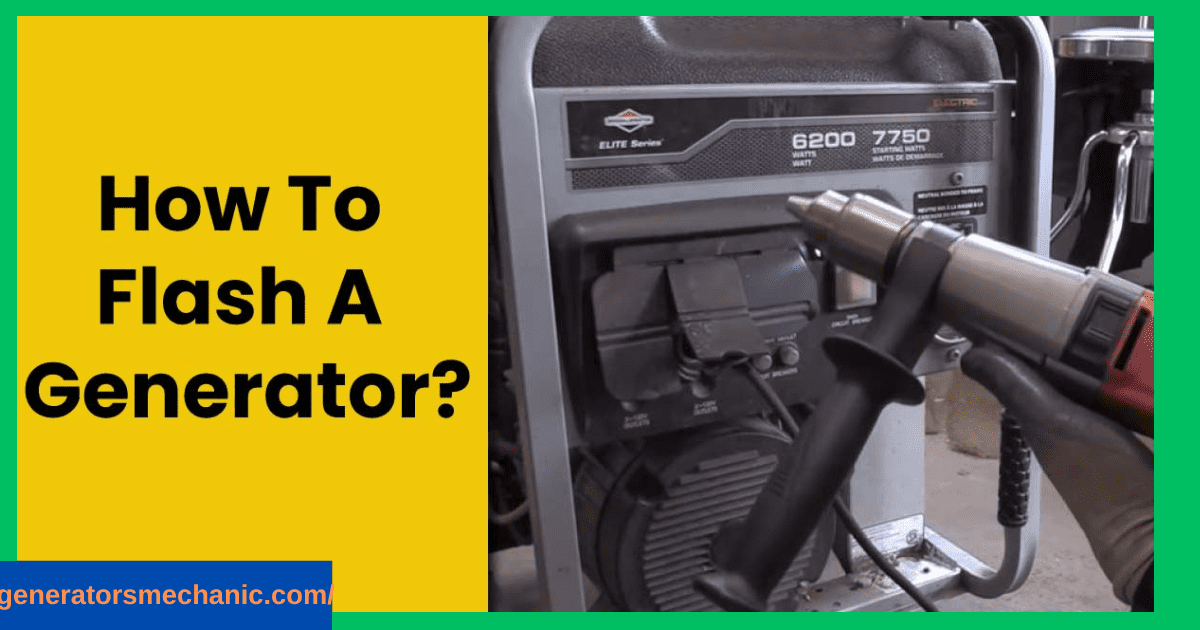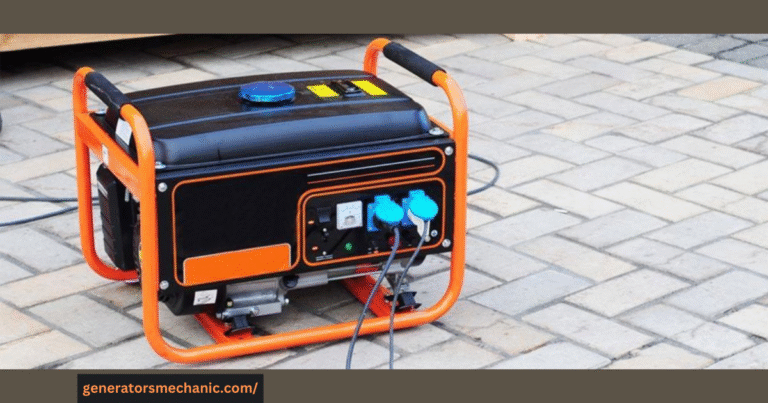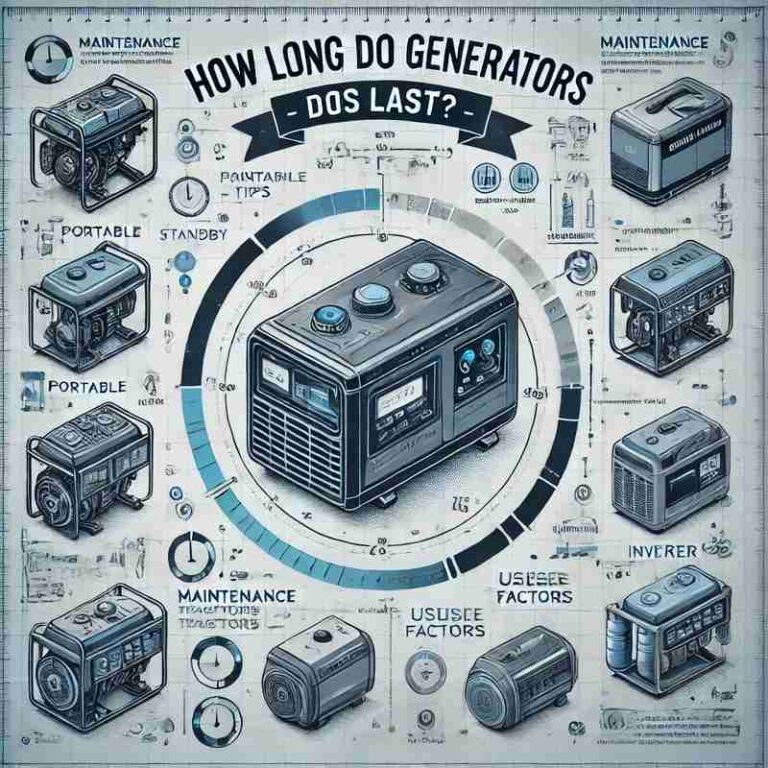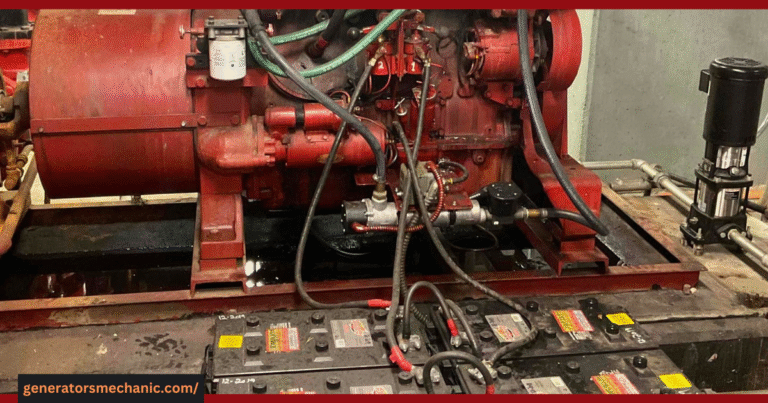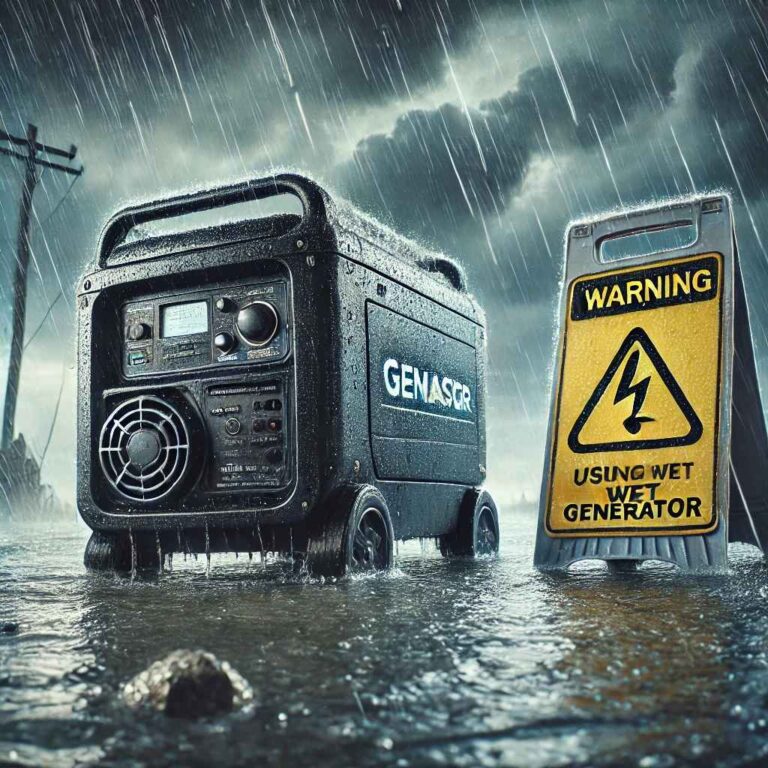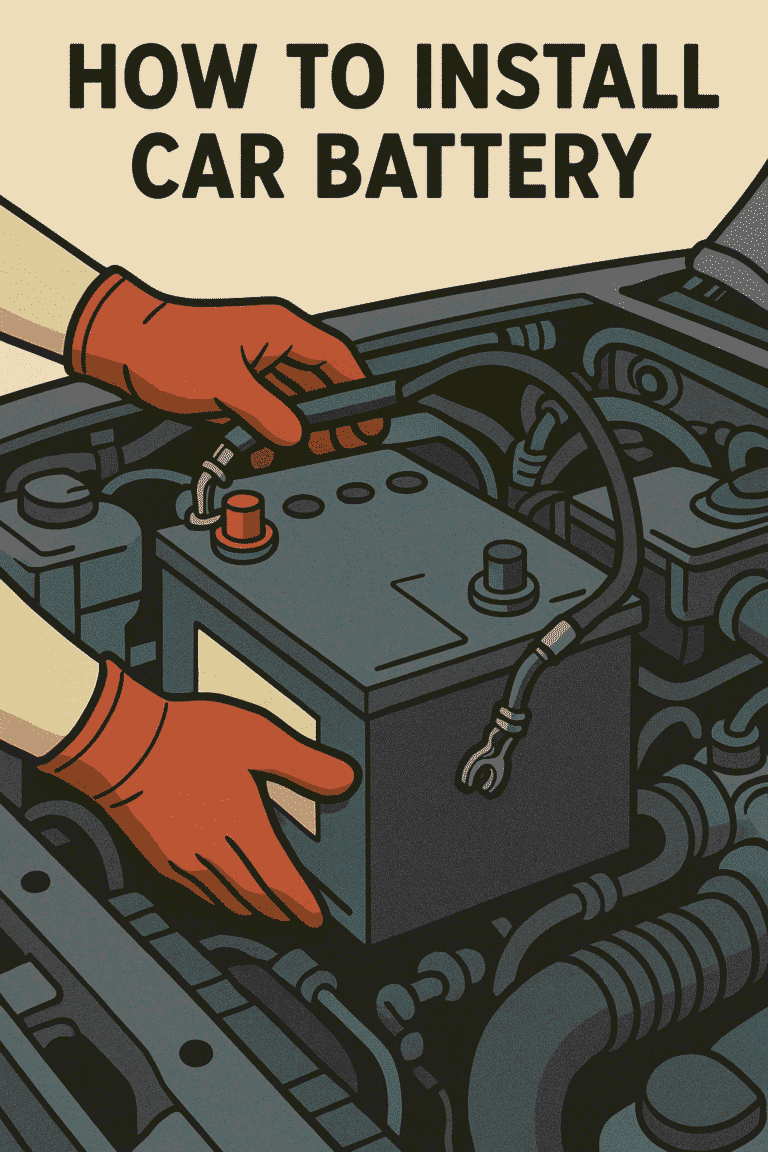How to Flash a Generator with a Battery and Drill Using DIY Techniques – 5 Easy & Effective Steps for Quick Power Restoration
Learning how to flash a generator with a battery and drill using DIY techniques can be a handy skill when your generator loses its residual magnetism and stops producing power. This method involves restoring that magnetism so the generator can start generating electricity again. With a careful approach and the right tools, it’s a task you can safely perform at home.
One common method is to flash a generator with a 12V battery, connecting it briefly to the generator’s field windings to restore the necessary magnetic field. Pairing this with a drill-powered rotation helps kickstart the alternator’s process. While the process is simple in concept, it’s important to follow safety measures, wear protective gear, and double-check wiring connections to avoid damage or injury.
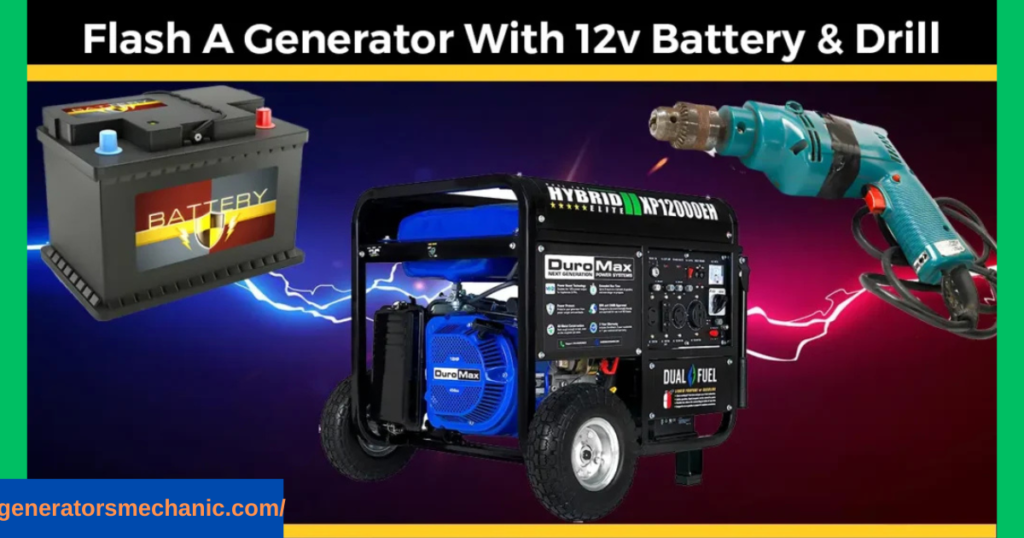
In this composition, we will tell you How to Flash a Generator with a Battery, and how to flash a creator with a drill using DIY styles.
Occasionally we store a creator or put it down when we aren’t using it, and when we get to use it again, it may not produce power. So to get it to produce power again, we flash the creator.
Flashing a creator means resuming the machine. We can renew the creator by applying mechanical force throughout the input part of the creator, or we can flash it by applying electrical by using a battery.
Why Is My Generator Not Producing Power?
If your generator is running but not producing electricity, there’s a good chance the residual magnetism in its alternator has faded. In such cases, This process helps restore the magnetic field necessary for power generation, allowing your unit to function normally again.
A simple method involves connecting a small battery to the generator’s brushes or using a drill to reintroduce a magnetic charge. Many users prefer to flash a generator with a 12V battery, as it’s straightforward and quick, requiring minimal tools and technical skill. However, safety precautions are critical—always follow proper instructions and ensure the generator is off and cool before attempting any repairs.

The loss of residual captivation is the main cause. The glamorous field is created by adopting some of the creator’s affair voltage converted into DC. Latterly, feeding it into a coil to make an electromagnet.
The residual captivation is leftover captivation from the last time the creator was running. This leftover captivation is further than enough to produce a veritably strong electric attraction.
This leftover is lost when you store or don’t use the creator for some time. It’s fully natural. It can also be when you run a creator for too long without connecting it to a cargo.
How To Flash A Generator With A Battery
Flashing a generator essentially restores the residual magnetism in the alternator, which is crucial for proper voltage generation. This method is particularly handy when your generator hasn’t been used for a long time and has lost its ability to produce power.
In many cases, this process also helps if you’re wondering how to remagnetize a generator with a battery. By safely connecting a battery to the generator’s excitation circuit and briefly running a drill in reverse, you can bring back that essential magnetic field. It’s a straightforward fix that, when done carefully, can bring an idle generator back to life without professional intervention.

We’re going to flash a creator using a 12V battery.
· First of all, locate the creator voltage controller. In utmost modes, it’s on the bottom, left-hand side of the creator’s head.
· Open the two cables connected to the creator skirmishes. One will have a red color, while the other will be either white or black.
· Now connect the black or white line to the creator ground battery outstation.
· Turn on the creator swell, start the motor, and plug in a light.
· Connect the battery( red string) to the red line on the terminal just for an alternative. It should be just a valve.
· Flashback, as soon as the creator starts generating, you suddenly are holding a live line of 120 volts on the bare bobby
· ends.
· Make sure the creator is generating power before taping it at an alternate time.
· Remove the encounter cables from the voltage controller to help damage.
How To Flash Generator Using A Drill
This simple process involves using a standard electric drill and a 12V battery to re-energize the generator’s field coils, restoring its ability to generate electricity without expensive repairs. It’s a quick, cost-effective solution that many DIY enthusiasts find both practical and satisfying.

While you’re troubleshooting or maintaining your generator, it’s also important to understand how long a generator lasts on a tank of gas, as fuel efficiency can greatly impact runtime during emergencies. Regular maintenance, proper fuel storage, and safe operating habits not only extend runtime but also improve your generator’s overall lifespan.
Over time, attractions inside the creator lose their charge and they aren’t agitated enough to get started. The machine will work OK, but you won’t get any power.
The plan is to use a ½” corded drill, plug it in, and proceed as described below.
· Hold down the detector.
· Now twist the chuck backward by sticking the commodity in it. We’re transferring the electricity into the creator to make it agitated enough to induce power.
· Start the creator and try this system.
· Your drill must have endless attractions else this trick won’t work.
· Be veritably careful when you stick a commodity in the chuck to twist it backward. When the creator kicks on, the drill will tangle you up.
· The drilling system doesn’t always work but flashing a creator with a battery always works. I don’t indeed flashback how numerous times I’ve used this system to power my creator.
· When your unit is generating power again, keep it running for at least 5 twinkles else, it’ll lose captivation again.
Conclusion: How to Flash a Generator with a Battery and Drill Using DIY Techniques
Flashing a generator using a battery or a drill is an effective DIY solution to restore power output when residual magnetism is lost. This technique is particularly useful for those who want to save on repair costs and quickly get their generators back to producing electricity. By following the right steps and safety precautions, you can successfully perform this task at home. However, if the generator continues to face issues after flashing, it’s advisable to consult a professional technician for a thorough inspection. Understanding these DIY methods can help you maintain your generator’s performance efficiently and extend its lifespan.
FAQs: How to Flash a Generator with a Battery and Drill Using DIY Techniques
What does 1. it mean to flash a generator?
Flashing a generator involves restoring the residual magnetism in the generator’s rotor to enable it to produce electricity. This is necessary when a generator has been idle for an extended period or if it has lost its magnetic field.
2. Why would I need to flash my generator with a battery and drill?
If your generator isn’t producing power due to a loss of residual magnetism, you can use a battery or a drill as a DIY method to restore it without professional tools or services.
3. Can I use any type of battery to flash my generator?
It’s recommended to use a 12V DC battery, such as a car or motorcycle battery, for this process. Higher or lower voltage batteries may not work effectively or could potentially cause damage.
4. Is it safe to flash a generator using DIY techniques?
Yes, it is generally safe if you follow proper safety precautions like wearing insulated gloves, ensuring the generator is off, and carefully following instructions. However, caution is essential to avoid electrical shocks or damaging the generator.
5. How does using a drill help in flashing a generator?
By spinning a corded electric drill’s chuck manually while it’s plugged into the generator, you can create a small amount of AC to help restore the residual magnetism in the generator’s rotor.
6. What tools do I need to flash a generator using DIY methods?
You’ll need a 12V battery with connecting wires or a corded electric drill, insulated gloves, and basic knowledge of your generator’s terminals and wiring.
7. Can flashing a generator fix all power output issues?
No, flashing can only restore residual magnetism. If your generator has other mechanical or electrical issues, it will require further inspection and repair.

